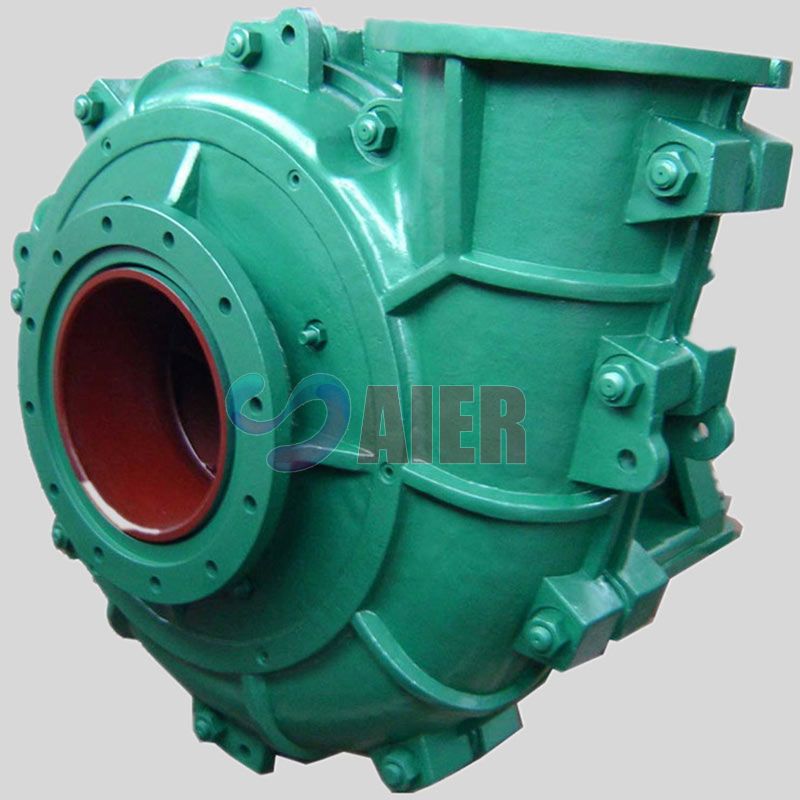Aug . 28, 2024 04:56 Back to list
High-Quality Rubber Slurry Pump Parts for Optimal Performance
Understanding Rubber Slurry Pump Parts
Rubber slurry pumps are essential components in various industries such as mining, mineral processing, and construction, where the transfer of abrasive and corrosive materials is necessary. Unlike traditional pumps, rubber slurry pumps are specifically designed to handle high concentrations of solids and abrasive materials, offering superior performance and durability. Understanding the parts of a rubber slurry pump is crucial for efficient operations and maintenance.
Key Components of Rubber Slurry Pumps
1. Pump Body The pump body is the main structure that houses all other components. It is often made from a robust rubber material that can withstand wear and tear caused by abrasive slurries. This component is designed to maintain the hydraulic integrity of the pump while facilitating the smooth flow of slurry.
2. Impeller The impeller is a rotating component responsible for imparting kinetic energy to the slurry. In rubber slurry pumps, the impeller is often made from high-quality rubber or elastomeric materials, designed to improve wear resistance and extend operational life. The design of the impeller can vary based on the specific application, including open or closed configurations to better handle different types of slurry.
3. Volute Casing The volute casing surrounds the impeller and gradually increases in cross-sectional area to allow the slurry to decelerate, converting kinetic energy into pressure energy. This casing is also typically made from rubber or a rubberized material to minimize wear from abrasive particles and enhance flexibility.
4. Suction and Discharge Ports These ports facilitate the entry and exit of the slurry into and out of the pump. The design of these ports is critical, as they must accommodate the flow characteristics of the slurry while minimizing blockages. Rubber linings can also be used to protect these areas from wear, increasing the pump's longevity.
rubber slurry pump parts

5. Stuffing Box The stuffing box is an area where the shaft enters the pump body. Effective sealing is vital to prevent leakage of the slurry. Rubber sealing materials are often utilized to ensure tight seals, reducing maintenance needs and preventing environmental contamination.
6. Shaft The shaft transmits power from the motor to the impeller. In rubber slurry pumps, the shaft must be rigorously designed to handle both torsional and axial loads from the slurry flow. Typically, a high-strength metal shaft with rubber casing is used to protect against abrasion.
7. Bearings Bearings support the shaft and reduce friction during operation. In slurry pumps, bearings must be particularly resilient due to the harsh conditions they operate in. Rubberized bearings are often employed to extend life and improve the overall efficiency of the pump.
8. Liners Rubber linings or interchangeable liners can be installed within the casing, impeller, and wear plates. These liners play a crucial role in protecting the pump from wear due to abrasive materials, and they can be easily replaced to maintain the efficiency and effectiveness of the pump.
Conclusion
Rubber slurry pump parts are meticulously designed to withstand the demanding environments they operate in. Each component plays a crucial role in ensuring the pump functions effectively and maintains its durability over time. By understanding these parts, operators can better appreciate the importance of maintenance and the need for quality parts to enhance the overall performance of rubber slurry pumps. Regular checks and timely replacements of worn-out components can significantly minimize downtime and optimize operations in various industrial applications.
-
Top Submersible Pump Companies High Quality Manufacturers & Suppliers in China
NewsJul.08,2025
-
High Quality Seal for 5 Inch Dredge Pump Reliable China Manufacturer & Supplier
NewsJul.08,2025
-
High-Efficiency Slurry Sand Pump from Leading China Manufacturer – Durable & Reliable Solutions
NewsJul.07,2025
-
High-Quality Slurry Pump Made in China Durable Steel Mill Slurry Pump & Parts
NewsJul.07,2025
-
High Quality Excavator Dredge Pump Manufacturer & Suppliers from China – Reliable, Durable, Efficient Solutions
NewsJul.07,2025
-
Wholesale Slurry Pump Closed Impeller Supplier High Efficiency China Slurry Pump Closed Impeller
NewsJul.06,2025
